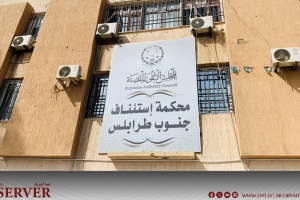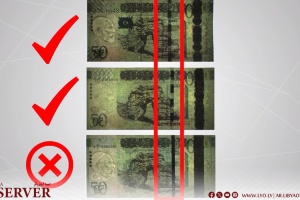The government designated by the House of Representatives (HoR) said that the decision to issue banknotes and withdraw them from circulation is, in accordance with legislation and the banking Law, within the jurisdiction of the Governor of the Central Bank and the deputy, adding that such decisions must be issued with unanimous approval.
The government confirmed that the decision to withdraw the 50 dinars banknotes must be preceded by a warning and a time period of no less than 6 months until it is completely withdrawn from circulation, adding that this has not happened so far.
It also said that the information circulating among citizens currently has no legal or procedural basis, adding that according to the legislation in force, rejecting the legally circulated currency is a crime punishable under the Libyan Penal Code, and affects the national economy and commercial circulation among people.
The government added that all banknotes of the Libyan currency are normally tradable, whether between individuals or banking institutions or public entities.
The Central Bank of Libya (CBL) said it was considering withdrawing the 50 dinars banknotes from circulation, according to a mechanism that would be announced later, as the Governor, Al-Siddiq Al-Kabir, confirmed the existence of a plan allowing the banknotes to be accepted and deposited in accordance with the controls and procedures for money laundering and combating terrorism.
This announcement came in a circulated letter sent by Al-Kabir to the Prime Minister, members of the Finance Committee of the House of Representatives, the Attorney General, and the heads of the Audit Bureau and the Administrative Control Authority, in which he listed a number of reasons obliging the CBL to act on this issue.
The Governor attributed the reasons for initiating a study of the decision to withdraw the banknotes to three reasons: First, the CBL's fear of the high and continuing rates of counterfeit, the wide scope of its circulation, and the inability to distinguish it by citizens. Second: The banknotes are considered a savings preference that is not circulated among the general public in daily transactions, and is used in some illegal activities. Finally: The CBL confirmed that the banknotes in these conditions cause serious damage to the economy and affect the exchange rate of the Libyan dinar.
The CBL indicated that there were three prints of the 50 dinars banknotes being circulated in the market, one issued by the Central Bank in Tripoli, a second issued by the Central Bank in Benghazi, and a third of unknown origin that is now subject to investigation procedures by the Attorney General's Office.








